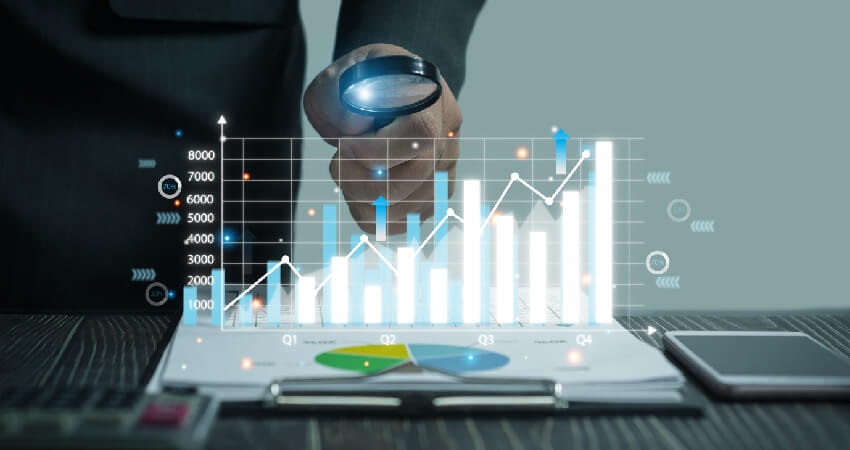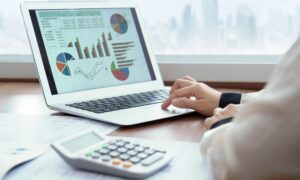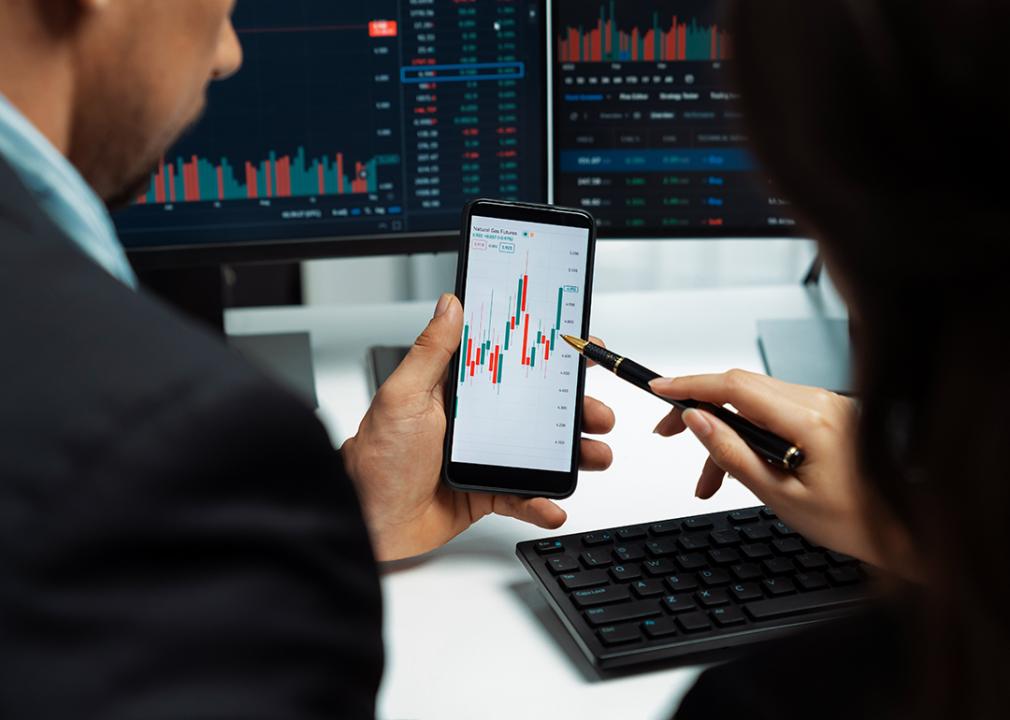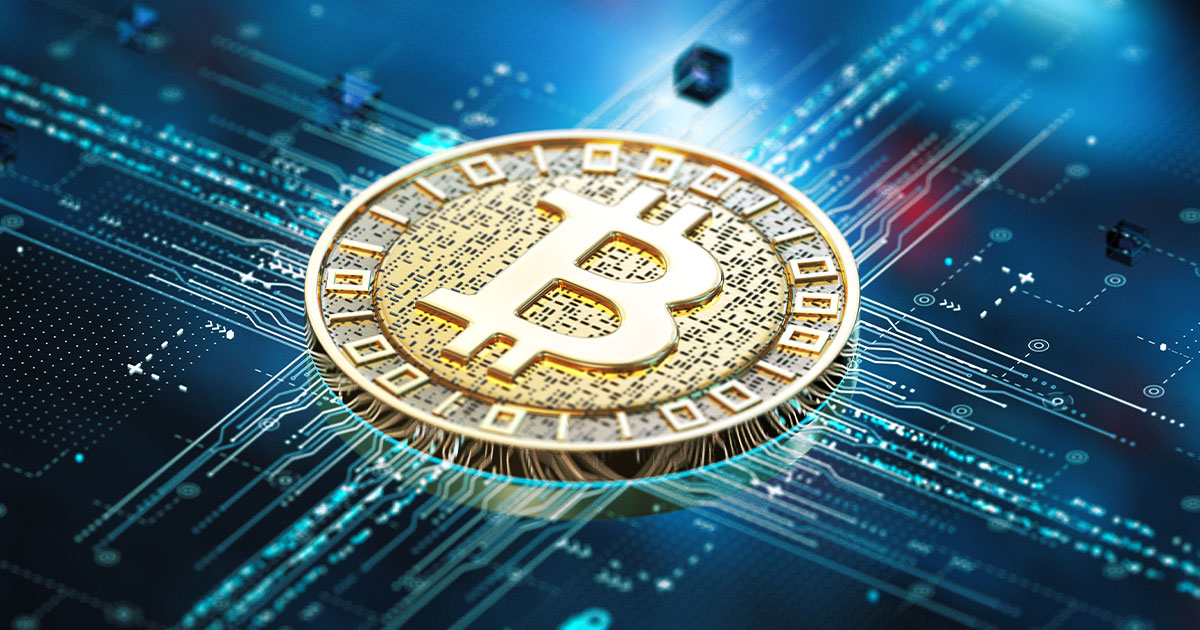
Autonomous trading systems rely on sophisticated algorithms and mathematical formulas. These tools are crafted to identify intricate relationships and trends in financial markets, leveraging this data to execute informed trading choices. Popular methodologies encompass machine learning, statistical evaluations, and rule-driven strategies.
Components of an autonomous trading system
- Data feeds – The system needs real-time market data, including prices, volumes, and other relevant information. This data is typically provided by exchanges, brokers, or specialized data providers.
- Data processing – Raw market data must be cleaned, normalized, and structured before the trading algorithms can use it. This involves techniques such as data filtering, interpolation, and feature extraction.
- Trading algorithms – The system’s heart is the algorithms that analyze the market data and generate trading signals. These algorithms range from simple rule-based systems to complex machine-learning models. Autonomous trading systems must incorporate robust risk management techniques to ensure that trades are executed within acceptable risk parameters. This involves setting stop-loss orders, diversifying across multiple assets, and adjusting position sizes based on market conditions.
- Trade execution – Once a trading signal has been generated, the system needs to execute the trade in the market. This involves sending electronic orders to exchanges or brokers and managing the trade lifecycle.
Importance of human oversight
As autonomous trading systems become more prevalent and sophisticated, it’s important to remember that they are not infallible. While these systems process vast amounts of data and make decisions at speeds far beyond human capabilities, they are ultimately designed and built by humans. As such, they are subject to biases, errors, and unintended consequences. This is where human oversight becomes critical. Experienced traders and financial professionals play a vital role in monitoring the performance of autonomous trading systems, interpreting their outputs, and making strategic decisions based on their expert knowledge and understanding of market dynamics.
Human oversight helps to identify potential issues or anomalies in the trading system’s behaviour, such as unexpected deviations from historical patterns or sudden spikes in risk exposure. By catching these issues early, human overseers can help to prevent significant losses and ensure the stability and integrity of the trading system. Human judgment is essential when it comes to adapting to changing market conditions. While autonomous trading systems are designed to be flexible and responsive, they operate based on predefined rules and models. When market dynamics shift unexpectedly, human experts must interpret these changes and adjust the system’s parameters accordingly.
Societal impact of autonomous trading
As with any powerful technology, it’s essential to consider the broader societal implications of autonomous trading. These systems potentially make financial markets more efficient, transparent, and accessible. By reducing the cost of trading and lowering barriers to entry, autonomous trading could democratize investing and open up new opportunities for individuals and small businesses. There are also concerns about the potential for autonomous trading to exacerbate existing inequalities and concentrate wealth in the hands of a few. If only large institutions and wealthy individuals access the most advanced trading technologies, the gap between the haves and have-nots in the financial world could widen.
There are also questions about the impact of autonomous trading on employment in the financial sector. As more tasks become automated, there may be fewer opportunities for traditional traders and analysts. However, this could be offset by creating new jobs in data science, software engineering, and quantitative analysis. For quantum ai australia check quantumai.bot.





